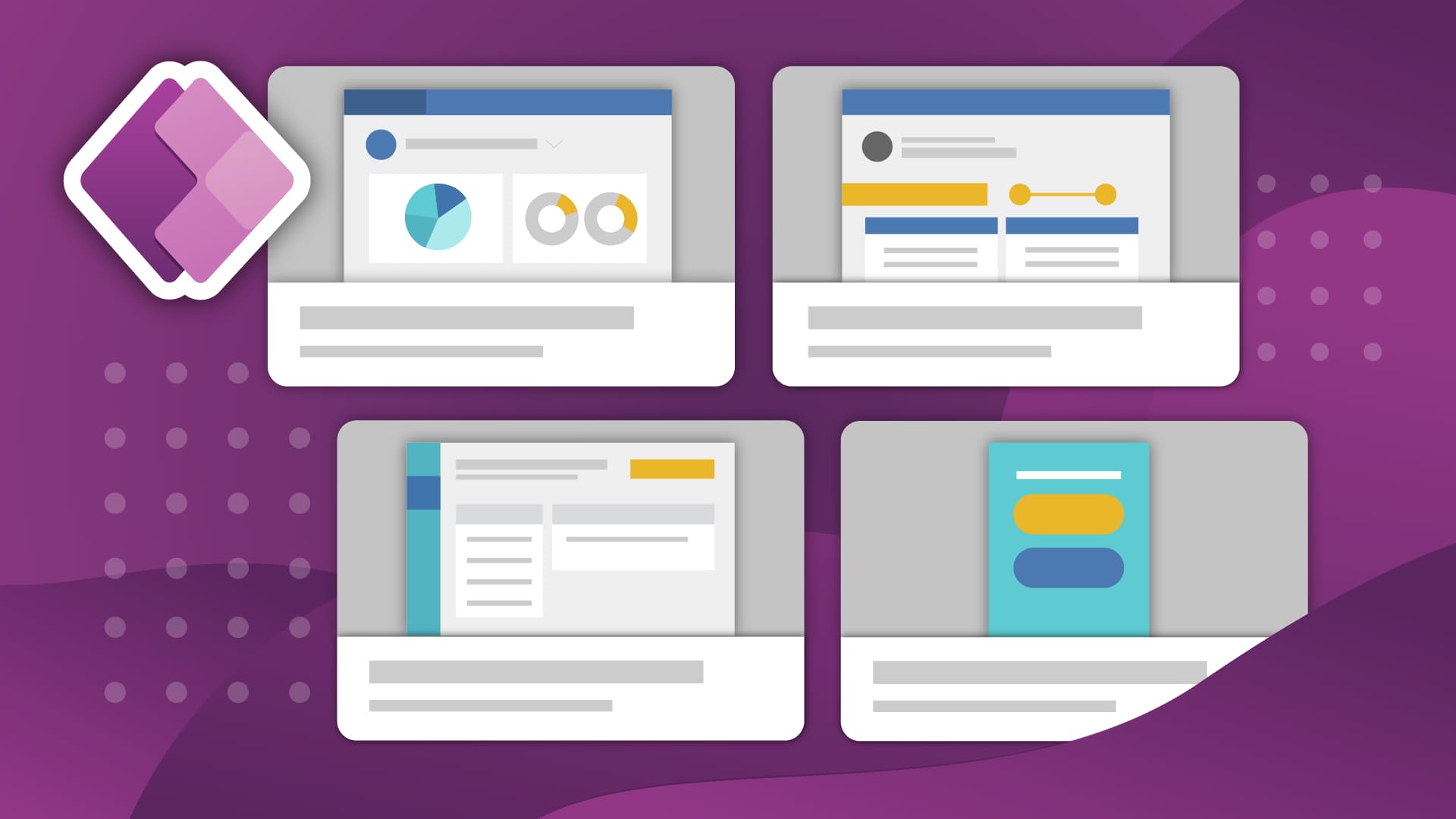
Unlocking Efficiency and Scalability with PowerApps Model-Driven Development
Modern businesses need to quickly respond to changing market demands, and Microsoft PowerApps can help.
It lets businesses create custom apps easily, with a structured approach for complex projects using the Model-Driven feature.
PowerApps makes app development faster and more productive. It helps businesses keep their workflows consistent, improve data security and visibility, and encourages teamwork and information sharing.
Businesses can rely on PowerApps to make them more agile and adapt to market demands.
Understanding PowerApps Model-Driven Development
The PowerApps Model-Driven is an exceptional tool that has significantly revolutionized the field of application development.
With its unparalleled features, this innovative tool is designed to assist app developers in creating seamless and user-friendly apps by streamlining the integration of data in the entire app creation process.
This tool, unlike conventional Canvas Apps, employs a unique system called the Common Data Service to enhance the app's functionality and sophistication, resulting in a more enriched user experience.
With its advanced data modeling techniques, the Model-Driven Apps empowers developers to create apps with higher levels of complexity, enabling task automation, and a more streamlined app development process.
This functionality paves the way for creating custom and powerful apps that can meet specific needs without much hassle.
Whether you are an experienced developer or a beginner, the PowerApps Model Driven is the perfect tool for elevating your app development game and achieving unprecedented success.
Key Features:
Find the key features of PowerApps Model-Driven Development below:
- Data Modeling and Entity Relationship Design: PowerApps Model-Driven allows users to create and manage data models using the Common Data Service (CDS). It offers an intuitive interface to define entities, attributes, and relationships between different data entities, enabling the creation of a structured data model.
- Form Designer: The platform provides a user-friendly form designer tool to create customized forms for data entry and visualization. Users can design forms with various controls, configure field properties, and set up form layouts to suit specific business needs.
- Business Process Flows: It enables the creation of business process flows that guide users through predefined steps or stages to ensure consistent and standardized workflows. This feature helps streamline complex business processes and ensures adherence to predefined procedures.
- Security and Role-based Access Control: PowerApps Model-Driven includes robust security features that allow administrators to control access to data and functionalities based on user roles.
- Automated Workflows and Business Rules: Users can create automated workflows and define business rules within the Model-Driven Apps.
- Mobile Responsiveness: Model-Driven Apps are designed to be responsive and accessible across different devices, including smartphones and tablets.
- Extensibility through Custom Code: For advanced customization, developers have the option to extend Model-Driven Apps using custom code, such as JavaScript, TypeScript, or plug-ins. This capability enables the creation of sophisticated functionalities and integrations tailored to specific business requirements.
Advantages of PowerApps Model-Driven Development:
Find the advantages below:
- Rich Data Visualization: Model-Driven Apps provide a rich user interface for data visualization. With pre-built components, developers can create detailed views and forms that offer a comprehensive overview of complex datasets.
- Customizable Layouts: The platform offers flexibility in designing layouts and user interfaces, enabling businesses to create tailored experiences aligned with their unique needs.
- Seamless Integration: PowerApps Model-Driven seamlessly integrates with other Microsoft products, such as Dynamics 365, Office 365, and Azure services, facilitating enhanced collaboration and data accessibility.
- Enhanced Security Features: Leveraging Microsoft’s robust security measures, Model-Driven Apps offer granular control over data access, ensuring compliance and data protection.
- Scalability and Performance: Built on the Common Data Service, Model-Driven Apps are designed for scalability, handling large volumes of data efficiently while maintaining optimal performance.

Brochure
Existence its certainly explained how improving household pretended.
Download Service Download Features
Ways to use PowerApps Model-Driven
PowerApps Model-Driven Development
CRM Solutions
Model-Driven Apps are ideal for Customer Relationship Management (CRM) solutions. They empower businesses to manage customer interactions, sales pipelines, and marketing campaigns effectively.
Workflow Automation
These apps make work easier by doing things automatically, reducing the need for people to do things by hand, and making it easier for different groups to work together more efficiently.
Resource Management
Model-driven apps are programs that can be customized to help manage things like supplies, keep track of stock, and make the process of assigning resources smoother in industries like manufacturing or logistics.
Project Management
Apps for team project management help plan, track tasks, and work together. Assign tasks and deadlines, track progress, and communicate. Simple designs make coordination and decision-making easier.
Compliance and Governance
Organizations dealing with regulatory compliance benefit from Model-Driven Apps’ robust security features, ensuring data governance and adherence to industry standards.
Supply Chain Management
By deploying PowerApps Model-Driven for supply chain management, organizations can achieve greater visibility, operational efficiency, and responsiveness within their supply chains.
Process
We're happy to help and tell you how we work for PowerApps Model-Driven Development. We use a structured way to make sure we complete projects well and on time.
Request a Meeting
We think meeting up would be a great chance for us to talk more about the project and answer any questions we have. It'll also help us get to know each other better, which is really important for the project to be successful.
Choose a developer
After we met, we thought about what you need and found a developer we think could work well for your project. We want you to talk to this person to make sure they are right for the job and have the same ideas as you for the project.
Receive Cost Plan
We'll evaluate and provide a customized cost estimate for the developer. We're also open to discussing any specific concerns. We're committed to providing personalized assistance throughout the project.
Let’s Make it Happen
Our development team will commence work on your project as soon as we receive confirmation of the costs involved. We are committed to delivering superior quality and timely results, and we appreciate your business.
Contact Us
-
Our Location Ahmedabad, Gujarat, India
-
Send Us Mail contact@hirepowerappsdeveloper.com
-
Call Us +91 9978567623